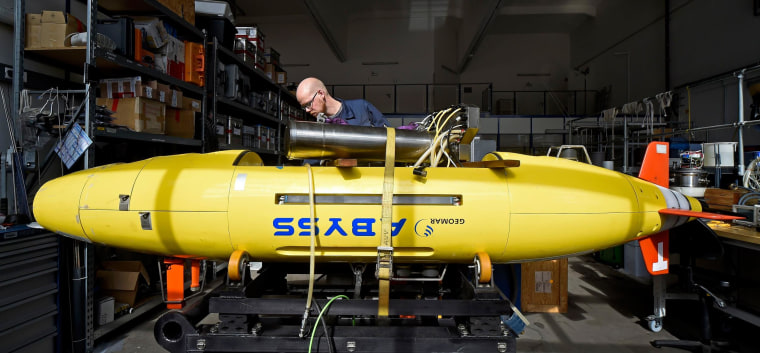Search equipment has detected two new signals that might be from missing Malaysia Airlines Flight MH370, Australian authorities said Wednesday.
The two signals, both picked up Tuesday, yielded more than 12 minutes in transmissions, retired Air Chief Marshal Angus Houston told reporters at a briefing in Perth.
That could allow search leaders to significantly narrow the area they need to scour to determine whether they're zeroing in on the "final resting place of Flight 370," which disappeared March 8 with 239 people on board, he said.
"What we're picking up is a great lead," he said.

While there's still "a great way to go," the new signals could help data specialists triangulate "a much more sharply defined search area — a much smaller search area underwater," Houston said.
That's vital because the jet's "pingers" are already past the expected 30-day life of their batteries.
"I don't think that time is very far away at all" before the pinger batteries die for good, meaning "we have need to make hay while the sun shines," Houston said.
Houston said indications were that the ocean floor in the vicinity of the Ocean Shield is very silty; silt absorbs sound, probably hindering the signal detection, search officials said.
"It comes from a man-made device, and it's consistent with the locator on a black box. But we've got to lay eyes on it."
Still, he said he was much more optimistic than he had been Tuesday, although he refused to put a concrete assessment on the probability that crews had come closer to locating the plane "without visual confirmation."
"It's nothing natural — it comes from a man-made device, and it's consistent with the locator on a black box," Houston said. "But we've got to lay eyes on it."
The search area has been now reduced to about 46,000 square miles — just one-third the size of the search area in previous days, he said.
The previous two signals were detected about 3 miles below the water's surface — the maximum known depth of the ocean floor.